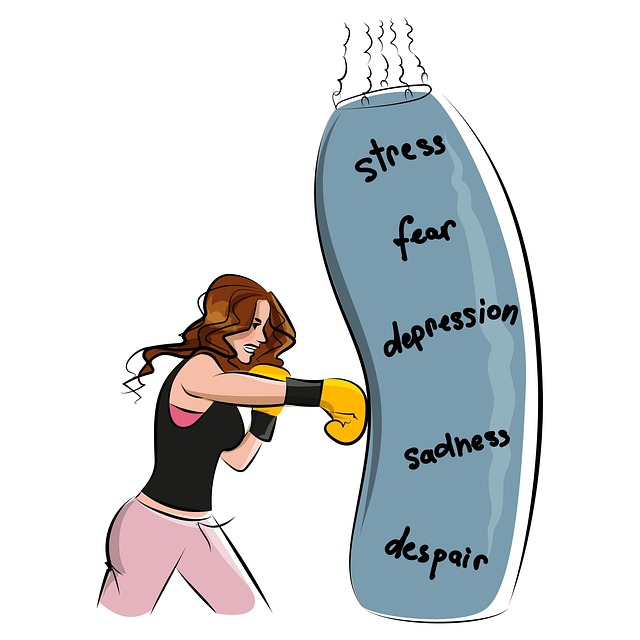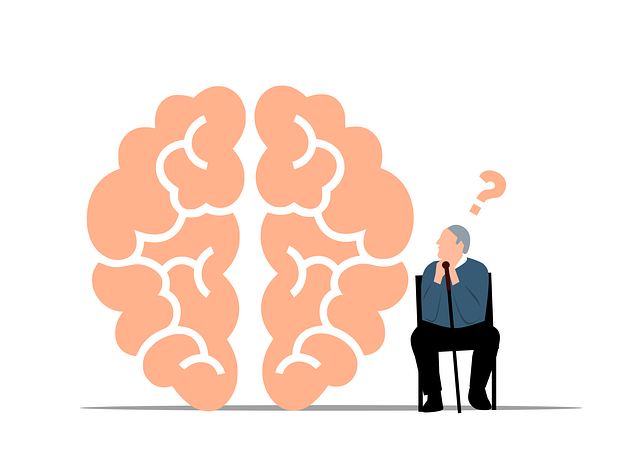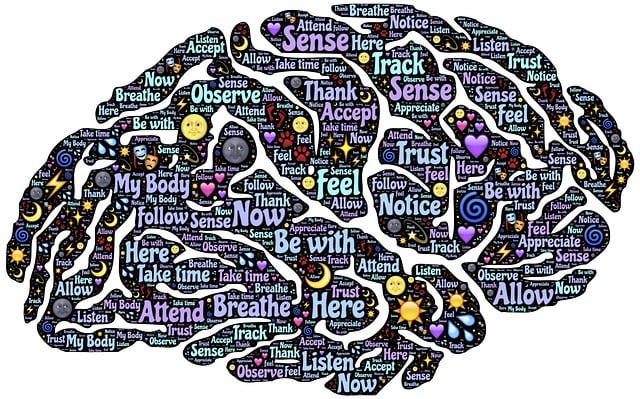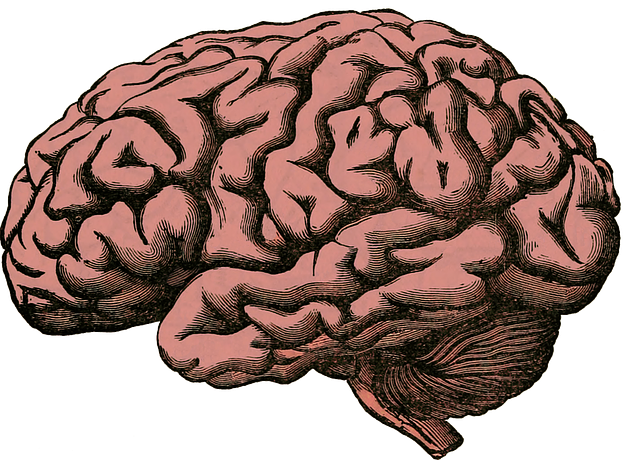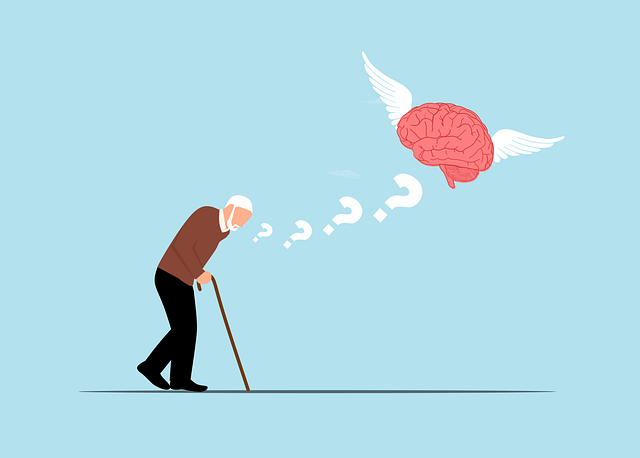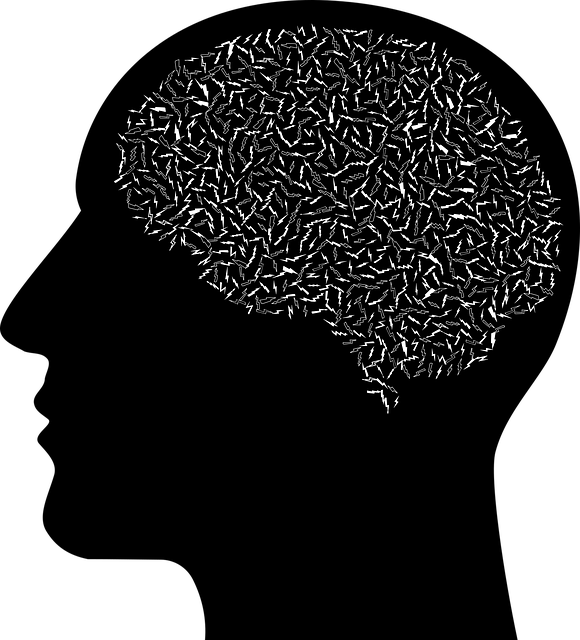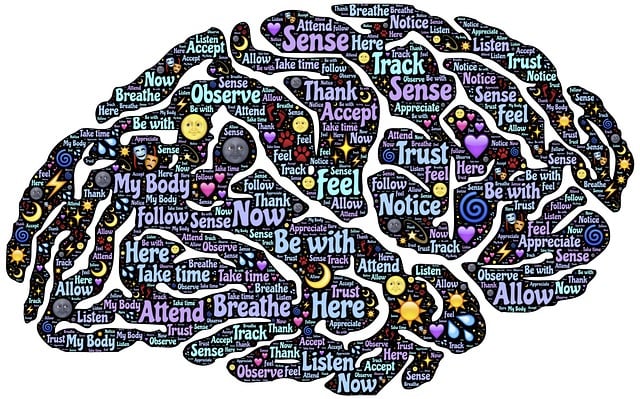Burnout among healthcare professionals is a growing concern impacting well-being and patient care. Early recognition of symptoms like exhaustion, cynicism, and physical complaints is vital for prevention. A multi-faceted approach combining Mental Wellness Journaling, positive thinking, mood management techniques, and Cognitive Behavioral Therapy (CBT) can help maintain passion, improve patient outcomes, and secure long-term career sustainability. Organizations encouraging self-care strategies, including CBT, clear work-life boundaries, and policy changes, promote a healthier, more resilient workforce.
Healthcare provider burnout is a growing concern, impacting both individual well-being and patient care. This article explores effective strategies to prevent burnout among healthcare professionals. We begin by examining the signs and causes of this widespread issue. Subsequently, we delve into cognitive behavioral therapy (CBT) as a powerful tool, offering evidence-based practices for stress management. Furthermore, additional strategies focusing on self-care, work-life balance, and organizational support are discussed to foster resilience and overall well-being, emphasizing the importance of a holistic approach using golden CBT techniques.
- Understanding Burnout Among Healthcare Providers: Recognizing the Red Flags
- Cognitive Behavioral Therapy (CBT) as a Powerful Tool for Burnout Prevention
- Additional Strategies to Foster Resilience and Well-being in Healthcare Professionals
Understanding Burnout Among Healthcare Providers: Recognizing the Red Flags

Burnout among healthcare providers is a growing concern, impacting both individual well-being and patient care. Recognizing burnout early is crucial to implementing effective prevention strategies. Red flags often manifest as persistent feelings of exhaustion, cynicism towards work, and detachment from patients. These symptoms can erode job satisfaction and lead to decreased performance and potential errors in patient management. Healthcare professionals may also exhibit physical complaints like chronic headaches or gastrointestinal issues, reflecting the profound impact of burnout on both mental and physical health.
Understanding burnout requires recognizing its cognitive, emotional, and behavioral components. The Golden Rule for prevention often involves a multi-faceted approach: integrating Mental Wellness Journaling Exercise Guidance for self-reflection, cultivating positive thinking to counterbalance negative thought patterns, and adopting mood management techniques to enhance resilience. These strategies can be further supported by Cognitive Behavioral Therapy (CBT), which helps individuals identify and change unhelpful behaviors and thoughts. By addressing burnout at its root, healthcare providers can maintain their passion, improve patient outcomes, and ensure a more sustainable career.
Cognitive Behavioral Therapy (CBT) as a Powerful Tool for Burnout Prevention

Cognitive Behavioral Therapy (CBT) emerges as a powerful golden cognitive behavioral therapy in the arsenal of burnout prevention strategies for healthcare providers. By focusing on identifying and modifying negative thought patterns, CBT equips professionals with valuable mental health awareness tools to manage stress and prevent emotional exhaustion. This therapy encourages individuals to challenge unhelpful beliefs and replace them with more realistic, positive thoughts, fostering inner strength development crucial for navigating demanding healthcare environments.
Through CBT, healthcare workers can learn coping mechanisms tailored to their unique experiences, enhancing resilience against burnout. By addressing underlying cognitive distortions and promoting healthier ways of thinking and behaving, this therapy enables providers to maintain a sense of balance and well-being even in challenging situations. Integrating CBT into burnout prevention strategies reflects a holistic approach, acknowledging the profound connection between mental health awareness and professional sustenance.
Additional Strategies to Foster Resilience and Well-being in Healthcare Professionals

Healthcare professionals are increasingly prioritizing self-care practices to combat burnout. Beyond the traditional stress management workshops and crisis intervention guidance offered by organizations, there’s a growing emphasis on cognitive behavioral therapy (CBT). CBT is a powerful tool that equips healthcare workers with skills to manage stress and negative thoughts effectively. By identifying and challenging unhelpful thinking patterns, CBT fosters resilience, enhances emotional well-being, and improves coping mechanisms.
Incorporating self-reflection practices, such as journaling or mindfulness exercises, allows healthcare providers to process their experiences and emotions in a structured manner. This, coupled with the golden rule of setting clear boundaries between work and personal life, can significantly reduce burnout risk. Organizations play a pivotal role by encouraging these practices through policy changes and providing dedicated resources for mental health support, ultimately contributing to a healthier, more resilient workforce.
Healthcare provider burnout is a significant concern, but with the right strategies, it can be mitigated. By recognizing the red flags and understanding the impact of burnout, professionals can proactively address their mental health. Golden Cognitive Behavioral Therapy (CBT) emerges as a powerful tool, offering effective techniques to manage stress and improve well-being. Additionally, incorporating mindfulness, self-care practices, and supportive work environments further fosters resilience among healthcare workers. These strategies collectively contribute to creating a more sustainable and fulfilling career in the medical field.
